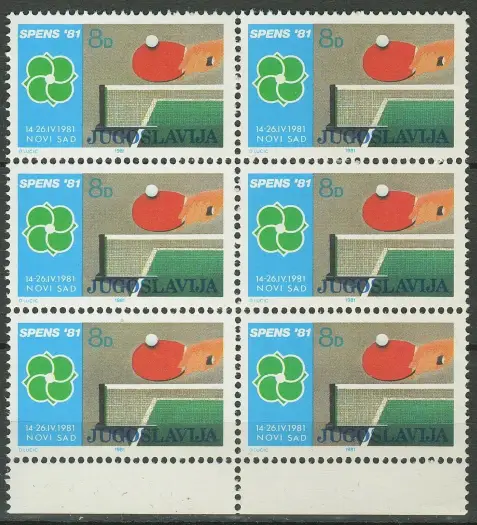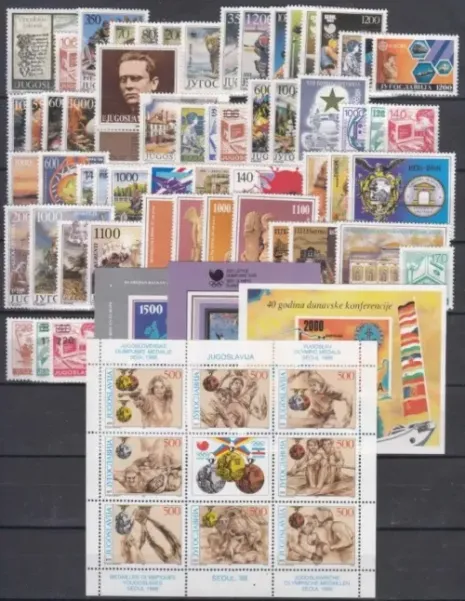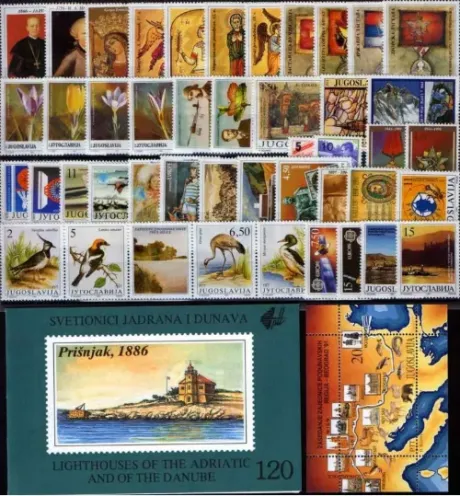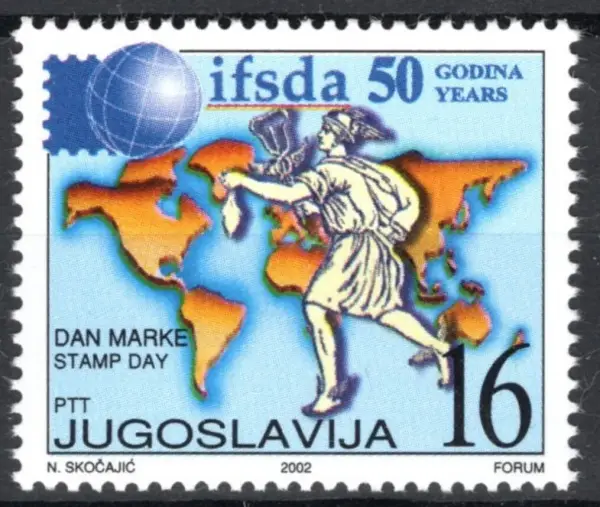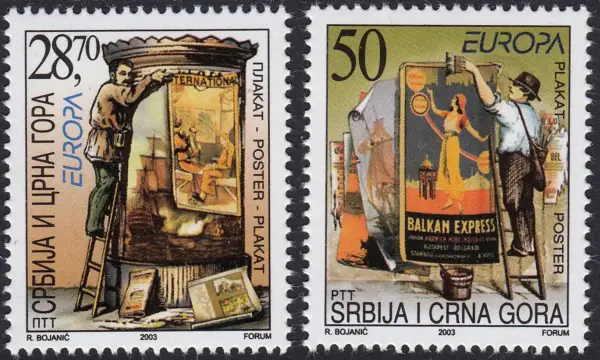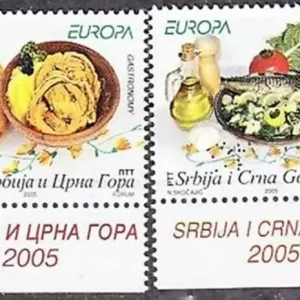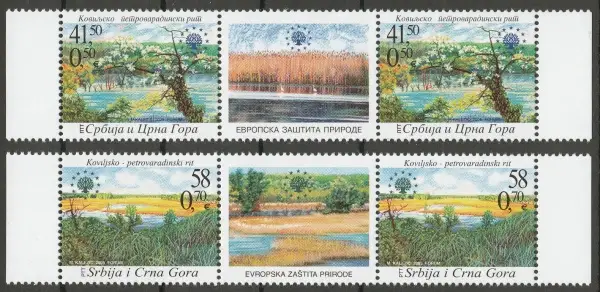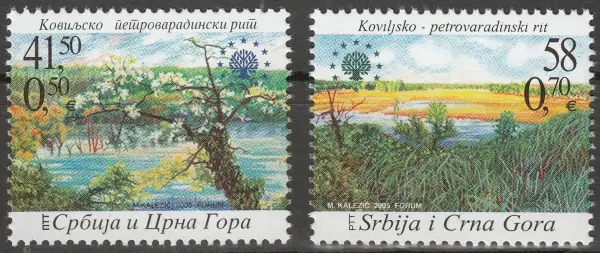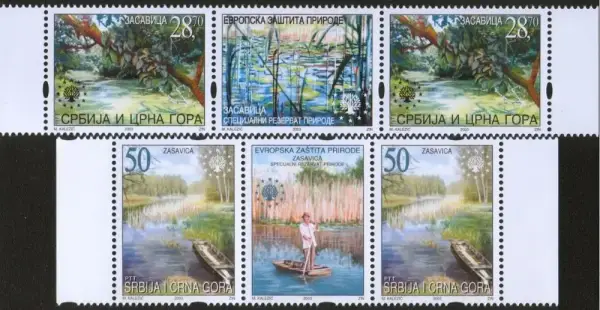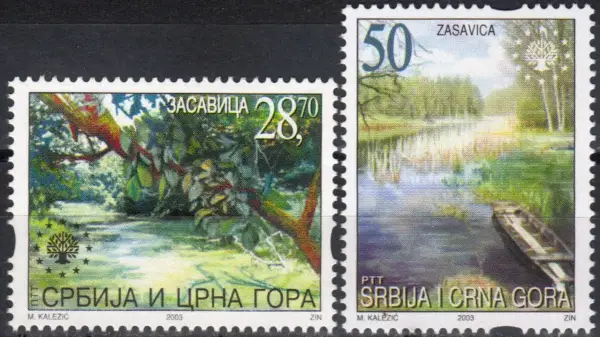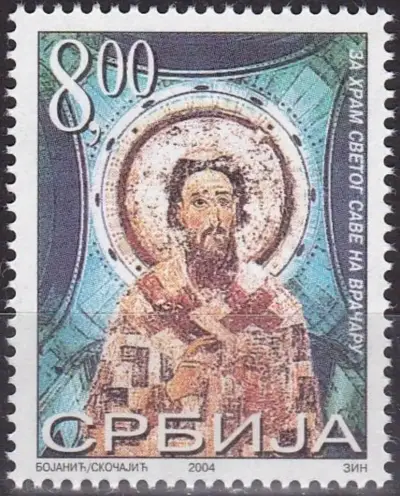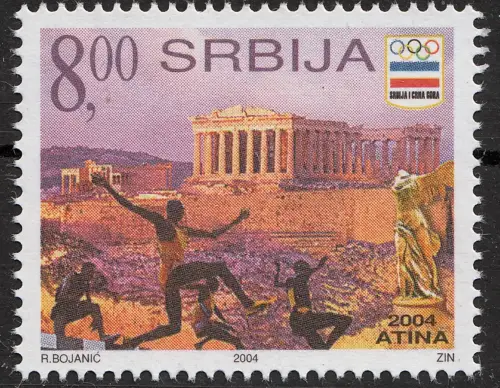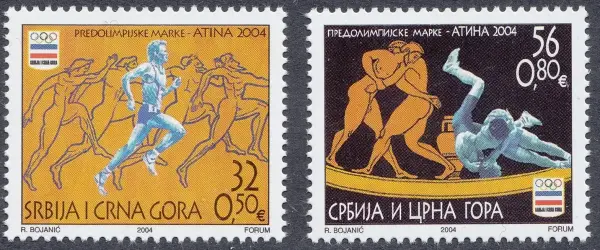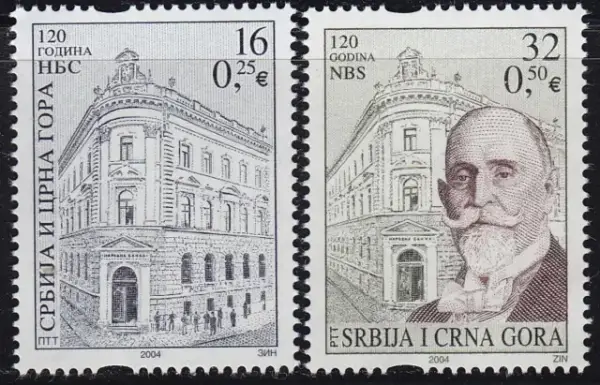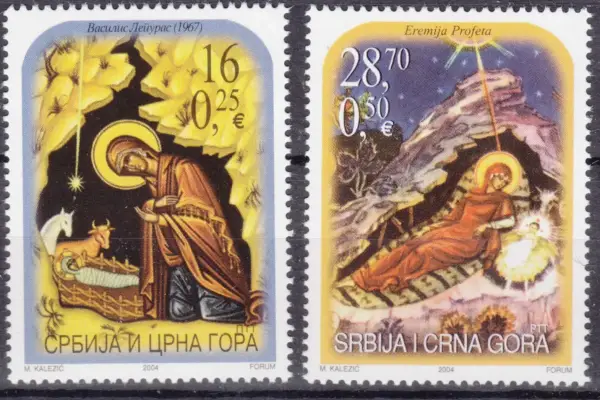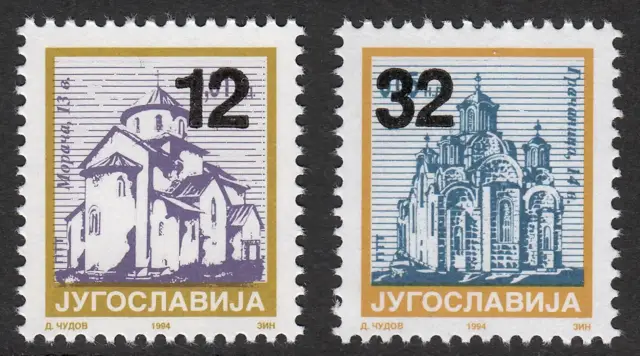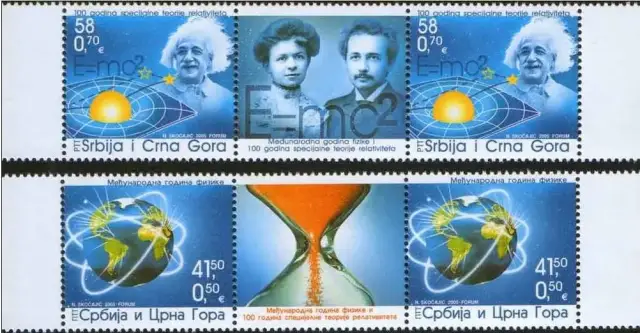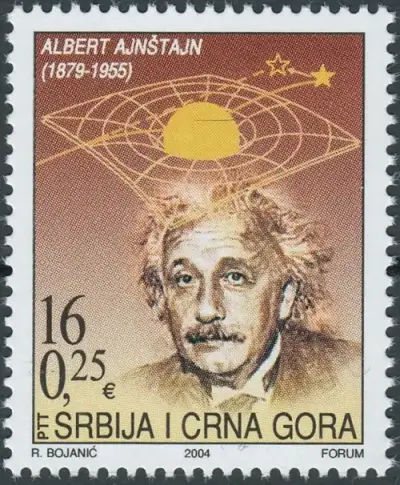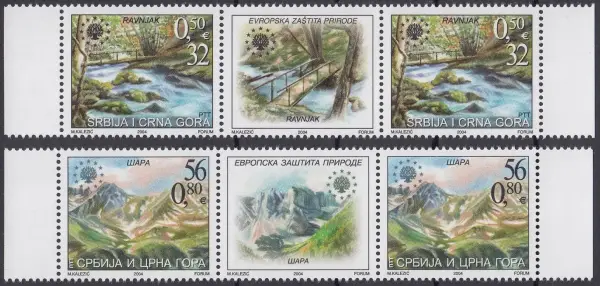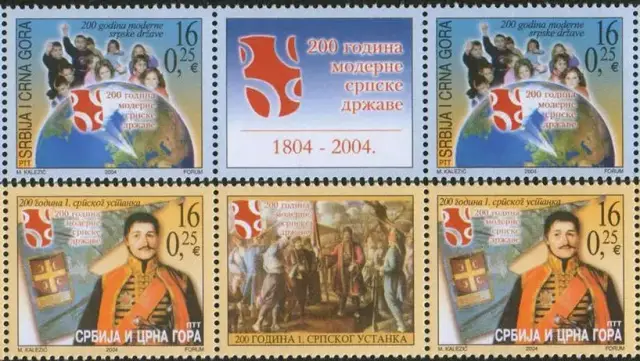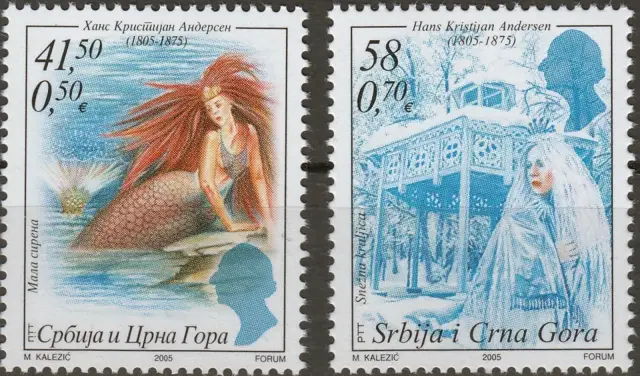Showing 1–30 of 429 resultsSorted by latest
Showing 1–30 of 429 resultsSorted by latest
The postage stamps of Yugoslavia from 1945 to 1991 reflect the country’s complex political and social history. Here’s a detailed overview of this period:
Post-War Period (1945-1946)
- Resumption of Issues: After World War II, Yugoslavia resumed issuing stamps in December 1944 with overprints on German occupation stamps. The first definitive series featured Josip Broz Tito, the leader of the Partisans and later the head of state.
- Provisional Issues: In June 1945, stamps from the Independent State of Croatia were overprinted with new values and the name “Demokratska Federativna Jugoslavija” (Democratic Federal Yugoslavia). These stamps were valid until October 31, 1945.
Definitive and Commemorative Issues (1947-1991)
- Pictorial and Propaganda Stamps: From 1947 onward, Yugoslavia began issuing a variety of pictorial and propaganda stamps. Notable themes included workers, industry, agriculture, and cultural events. The definitive series of 1950 depicted various industries.
- Tito’s Influence: Throughout the 1950s and into the 1960s, many stamps featured Tito’s image, particularly around significant anniversaries such as his 75th birthday in 1967. These stamps often depicted industrial progress and national achievements.
- Variety of Designs: The stamps from this period included a mix of designs that celebrated historical events, cultural heritage, and notable figures. The designs were often colourful and varied in size and format, appealing to collectors.
Breakup of Yugoslavia
- Late 1980s Tensions: As political tensions rose in the late 1980s leading to the breakup of Yugoslavia in the early 1990s, stamp production continued but began to reflect the growing nationalism within its republics.
- Final Issues: The last stamps issued by Yugoslavia before its dissolution in 1992 were still valid for postal use but increasingly became collector’s items as the country fragmented into separate state.
In summary, Yugoslav postage stamps from 1945 to 1991 not only served as a means of communication but also as reflections of national identity, political change, and cultural heritage during a tumultuous period in Balkan history. Collectors often seek these stamps for their historical significance and artistic value.

